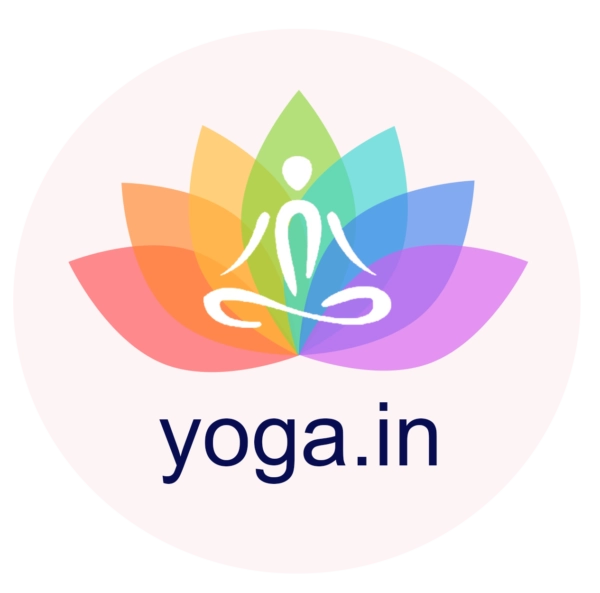About Yin Yoga
Yin yoga is a slow-paced, introspective style of yoga that focuses on long-held poses, typically ranging from three to five minutes or more. Unlike other dynamic forms of yoga, Yin yoga targets the connective tissues, such as ligaments, tendons, and fascia, rather than the muscles. The practice aims to promote relaxation, increase flexibility, and stimulate the flow of vital energy throughout the body.
Benefits
The practice of Yin yoga offers numerous physical, mental and emotional benefits. Physically, it increases flexibility, improves joint mobility and enhances circulation. Yin yoga also promotes deep relaxation, reduces anxiety, and cultivates mindfulness and self-awareness. By targeting the energetic meridians of the body, Yin yoga can help balance the flow of vital energy (qi) and unlock emotional blockages.
Yin yoga:
To practice Yin yoga, find a quiet and comfortable space where you can relax without distractions. Begin with a gentle warm-up, focusing on the areas you intend to target during the session. Select a few Yin yoga poses that resonate with you, such as Butterfly, Sphinx, or Sleeping Swan. Slowly ease into each pose, finding a comfortable edge where you feel a gentle stretch but no pain. Stay in each pose for at least three minutes, allowing your body to relax and release tension. Remember to breathe deeply and observe any sensations or thoughts that arise during the practice.
yoga Good For:
Yin yoga is suitable for practitioners of all levels, from beginners to advanced yogis. It is especially beneficial for those seeking a counterbalance to more dynamic or intense yoga practices or physical activities. Yin yoga can be particularly helpful for individuals with chronic pain, tightness, or limited mobility. It is also recommended for anyone looking to cultivate mindfulness, find stillness, and explore the meditative aspects of yoga.
Usage:
Yin yoga often incorporates various props to support the body and enhance the practice. Props such as bolsters, blankets, blocks, and straps can be used to modify poses and provide additional comfort. Props help practitioners find their edge in a pose without straining or overstretching, allowing for a more relaxed and supported experience.
History:
Yin yoga has its roots in ancient Chinese Taoist practices and principles. The concept of yin and yang, representing opposing and complementary forces, serves as a foundation for Yin yoga. Yin represents stillness, passivity and introspection, while yang embodies movement, strength and external engagement. The practice of Yin yoga seeks to balance these energies within the body, mind and spirit.
Yin yoga, as it is practiced today, was popularized by Paulie Zink, a martial arts expert and yoga teacher. Zink integrated Yin yoga poses and Taoist principles into his martial arts practice, creating a unique blend of strength, flexibility, and mindfulness training. Paul Grilley and Sarah Powers, influential teachers in the Yin yoga community, have further developed and shared the practice with a broader audience.
Practices and Techniques:
The primary focus of Yin yoga is to surrender into each pose, find stillness and allow the body to relax. Poses are typically held for an extended duration, enabling a deep stretch and releasing tension. The practice incorporates elements of mindfulness and meditation, encouraging practitioners to observe sensations and thoughts without judgment. Visualization, mantra repetition, and pranayama (breathing exercises) may also be included to enhance the meditative experience.
Yin yoga operates on the principles of stressing the connective tissues to stimulate their growth and improve their elasticity. Holding poses for a prolonged period stimulates the production of hyaluronic acid, which lubricates the joints, enhances flexibility and supports healthy aging. Additionally, Yin yoga stimulates the parasympathetic nervous system, triggering the relaxation response, reducing stress levels and promoting overall well-being.
Chakra Connection in Yin yoga:
Yin yoga also explores the concept of chakras, which are subtle energy centers in the body. Each Yin yoga pose can be associated with specific chakras, stimulating the flow of energy and promoting balance. For example, Butterfly Pose targets the root and sacral chakras, while Sphinx Pose opens the heart and throat chakras.
In conclusion, Yin yoga offers a profound invitation to slow down, turn inward, and embrace stillness. By incorporating long-held poses, mindfulness, and principles rooted in ancient traditions, Yin yoga provides a pathway to deep healing, relaxation, and self-discovery. Whether you are a seasoned yogi or new to the practice, Yin yoga has the potential to nourish your body, mind, and spirit, bringing a sense of balance and tranquility into your life.
